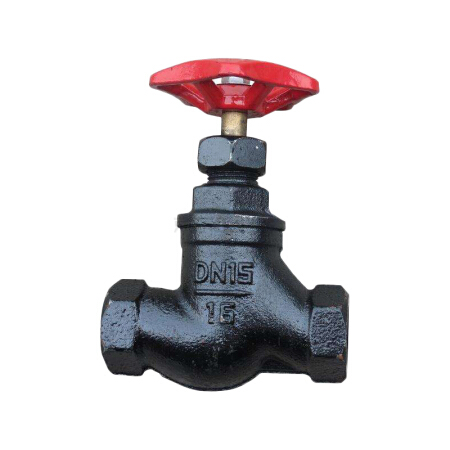floating ball valves manufacturers
Floating Ball Valves Manufacturers An Overview
In the world of industrial fluid control, floating ball valves are crucial components that facilitate the effective management of liquid and gas flow. As a type of quarter-turn valve, they are characterized by a ball that floats in the fluid stream, enabling precise flow regulation and tight sealing. The manufacturers of floating ball valves are an essential part of the supply chain for various industries, including oil and gas, water treatment, power generation, and chemical processing.
What Are Floating Ball Valves?
Floating ball valves consist of a spherical disc, or ball, that rotates within the valve body to block or allow the flow of fluid. Unlike trunnion-mounted ball valves, where the ball is fixed at the bottom, floating ball valves rely on the pressure of the incoming fluid to push the ball against the seat, creating a seal. This design allows for efficient functioning in systems with relatively low pressures and makes floating ball valves a popular choice for numerous applications.
The simplicity and effectiveness of floating ball valves make them suitable for on-off control, with minimal pressure drop and resistance. They can handle various media, including liquids, gases, and even slurries, although proper material selection is critical to ensure compatibility with different substances.
Key Features of Floating Ball Valves
Manufacturers offer a range of floating ball valves, and their features can vary significantly. Some key characteristics include
1. Material Options Floating ball valves can be constructed from various materials, including stainless steel, carbon steel, brass, and plastic, depending on the application’s requirements. The choice of material impacts durability, resistance to corrosion, and the ability to handle extreme temperatures and pressures.
2. Seal Types The seal type between the ball and the seat is critical for ensuring leak prevention. Common seal materials include PTFE (Teflon), rubber, and elastomers, each providing different advantages in terms of chemical resistance and longevity.
3. Design Variants Floating ball valves are available in several designs, such as full port and reduced port configurations. Full port valves have a larger bore, allowing for maximum flow and minimum pressure loss, while reduced port valves are designed for applications where space is limited.
floating ball valves manufacturers

4. Actuation Options Floating ball valves can be operated manually via a lever or handle or controlled automatically with pneumatic or electric actuators. The choice of actuation depends on the application’s complexity and automation requirements.
The Role of Manufacturers in the Market
Floating ball valve manufacturers play a vital role in ensuring the availability of high-quality products to meet the growing demands of various industries. These manufacturers are often involved in several key activities
1. Research and Development Investment in R&D is crucial for manufacturers to innovate and improve existing designs. By understanding industry challenges, manufacturers can develop more effective solutions that enhance the performance and reliability of floating ball valves.
2. Quality Assurance Adhering to international standards and regulations is essential for floating ball valve manufacturers. Robust quality control processes ensure that every valve produced meets the required specifications and performs reliably in demanding environments.
3. Customer Support and Customization Many manufacturers offer tailored solutions to meet specific customer needs. Whether it’s customizing the size, material, or actuation method, responsive customer service is a significant factor in maintaining strong client relationships.
4. Sustainability As industries increasingly focus on environmental sustainability, manufacturers are exploring eco-friendly materials and processes. Utilizing sustainable practices can enhance a manufacturer’s market competitiveness while addressing the growing concerns about climate change and resource depletion.
Conclusion
The market for floating ball valves is vast and competitive, driven by the continuous need for efficient fluid control solutions across various sectors. Manufacturers' ability to innovate, ensure quality, and respond to customer needs plays a pivotal role in shaping the future of floating ball valves. As technology advances and industries evolve, we can expect further developments in valve design, materials, and functionalities, cementing the importance of floating ball valves in modern industrial applications.
-
The Key to Fluid Control: Exploring the Advantages of Ball Valves in Industrial SystemsNewsJul.09,2025
-
The Versatile World of 1, 2, and 3 Piece Ball ValvesNewsJul.09,2025
-
Stainless Steel Ball Valves: The Ideal Choice for Efficient Flow ControlNewsJul.09,2025
-
Optimizing Fluid Control with Ball Float ValvesNewsJul.09,2025
-
Manual Gate Valves: Essential for Control and EfficiencyNewsJul.09,2025
-
Everything You Need to Know About Butterfly ValvesNewsJul.09,2025
-
The Versatility of Wafer Type Butterfly ValvesNewsJul.08,2025




